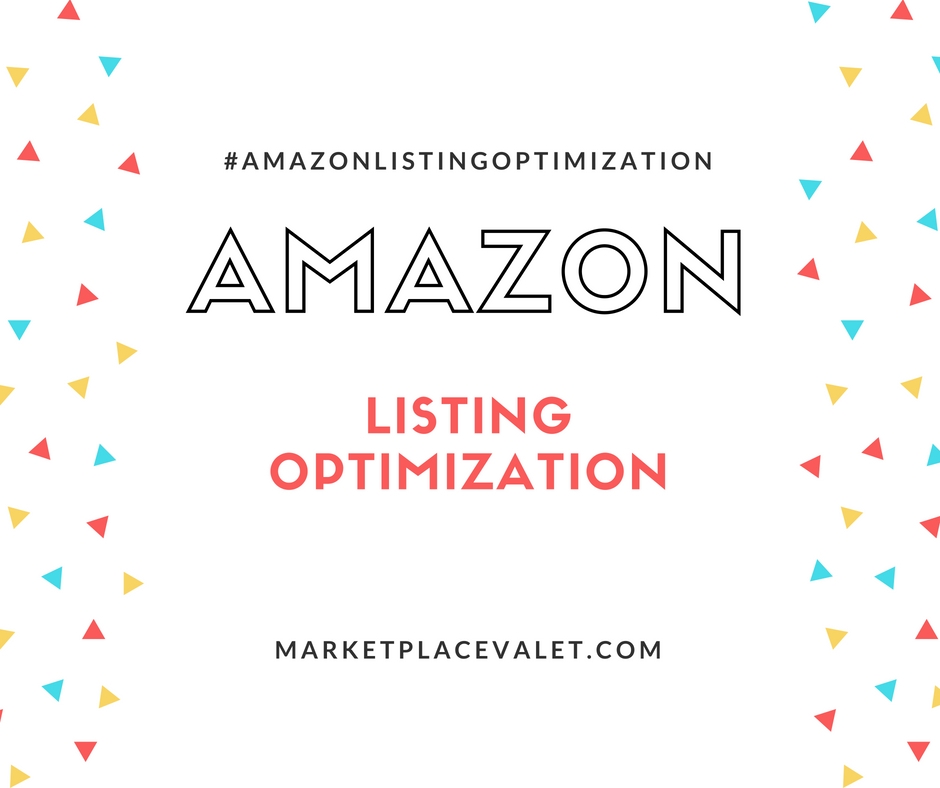

As Amazon has revolutionized the world of retail selling, they’ve also empowered regular people to contribute to become merchants. Two years ago, Amazon surpassed the 2 million mark in the number of third-party sellers. That’s become of how easy and how lucrative it’s become to sell on Amazon.
If you have an entrepreneurial spirit or just want to make a little bit of money on the side, you may have considered selling items through a digital marketplace. There’s never been a better time to get involved. With some users making six figures from selling on Amazon, it’s also a tried and true sales method.
The key to becoming a successful seller on Amazon is knowing how to calculate your profit margin. You’ll find that it’s a different structure than other markets so make sure you follow these steps for success when you sell on Amazon.
1. Sign Up For a Pro Account
If you want to make your Amazon business a serious part of your income, sign up for a professional seller account. If you’re not sure or plan to keep inventory low, start out with a free account.
Selling 40-50 items a month, a professional account will pay for itself. While the professional account will cost you $39.99 a month, your free account will require you to pay $1 per item.
Switching over your account could be an unnecessary hurdle to growing your business. If you’re sure that you’re going to be hitting the ground with high volume, you should start with a professional account.
2. Calculate Cost
If you’re not producing the items yourself, you’re going to be buying your product from some other distributor. When you get on the phone with them, try to make sure you’re getting the best price.
If a better product is available at a slightly higher price, quote the cheaper price and perhaps the seller will give you a deal to get your business.
3. Think About Shipping
Get an idea of how much it would cost to ship one of your products. Many buyers will buy multiple products from you. However, if you’re not able to make money selling and shipping one item out, you’ll likely need to restructure your costs.
Calculate weight and make sure you’re not losing money sending to anywhere in the US.
Your alternative could be to have an account with Amazon where you provide the product to their distribution center and they handle all of the shipping on their own.
4. Do The Math
Take your average sales and subtract all of your costs to get an idea of your overall profit. Be sure you’re conservative with your numbers. Basing your structure on optimistic numbers might end up being misleading.
Get to know the Amazon fee structure. There might be monthly tax payments or taxes you need to be aware of locally. Getting hit with a giant tax bill when things are said and done could be a massive headache.
Looking At Your Number
Did your average profit from deciding to sell on Amazon give you a number that you’re happy with? If it seems lower than you expected, you need to consider how to increase your profit.
In order to ensure a predictably strong profit margin from every sale, be sure you’re calculating correctly.
After you double check your number, figure out ways that you can improve your practices. Thankfully lots of other sellers have made mistakes that you can learn from. Follow these three tips to raise your profits.
1. Inventory Management
Every seller is likely to end up with a random spike in sales or problems with suppliers, either way causing stock to drop.
Running out of product is most often due to poor planning. Thankfully it’s easily preventable. Stockouts can cause a loss of sales, competitors getting more reviews, and a loss in ranking because of a dip in sales.
Obviously, too much stock can be an issue too. Paying for storage or ending up being caught with too much of a product that’s no longer in style can hurt your bottom line.
Follow Google Trends to see if a product is about to spike. Be in touch with your supplier so that they will be likely to reach out if their stock dips. And if you’re starting to run out, raise your prices a little so that you don’t have to end up hitting zero and negatively impact your rating.
2. Reduce Returns
Returns can be an unexpected loss in your sales. Faulty products or those damaged during shipping could end up in a net loss per item. Some will be able to be salvaged, but if not, you could end up taking a serious hit.
The added effect would be the negative reviews buyers will leave on your Amazon seller account.
Make sure you’ve crafted an email to users in the case of returns. Be sure you’re offering something to them in exchange. They might not all take advantage of the deal you offer but the offer itself can be worthwhile in preventing negative reviews.
3. Cut Back On Expensive Items
Think about the real costs of your items when you sell on Amazon. You should be aware that you’re likely going to be making 80% of your money from 20% of your items. That means some items will be big-ticket and others are higher risk.
Try to cut back on those costly items, especially those that go obsolete in a year or two like costly technology.
If your operation has grown beyond your home office, you’re probably paying to store your backstock. This is another added cost that could be cutting into profits.
Nothing is precious. Don’t be afraid to liquidate costly items.
Watch Your Margins When You Sell On Amazon
Selling on Amazon has great profit potential and can be empowering. The only issue people who aren’t trained in economics is to learn to watch your margins. Once you’ve got a predictable flow of profit, you can start making smart decisions.
If you’re still trying to figure out how to sell on Amazon, contact us for more tips and shortcuts to success.

